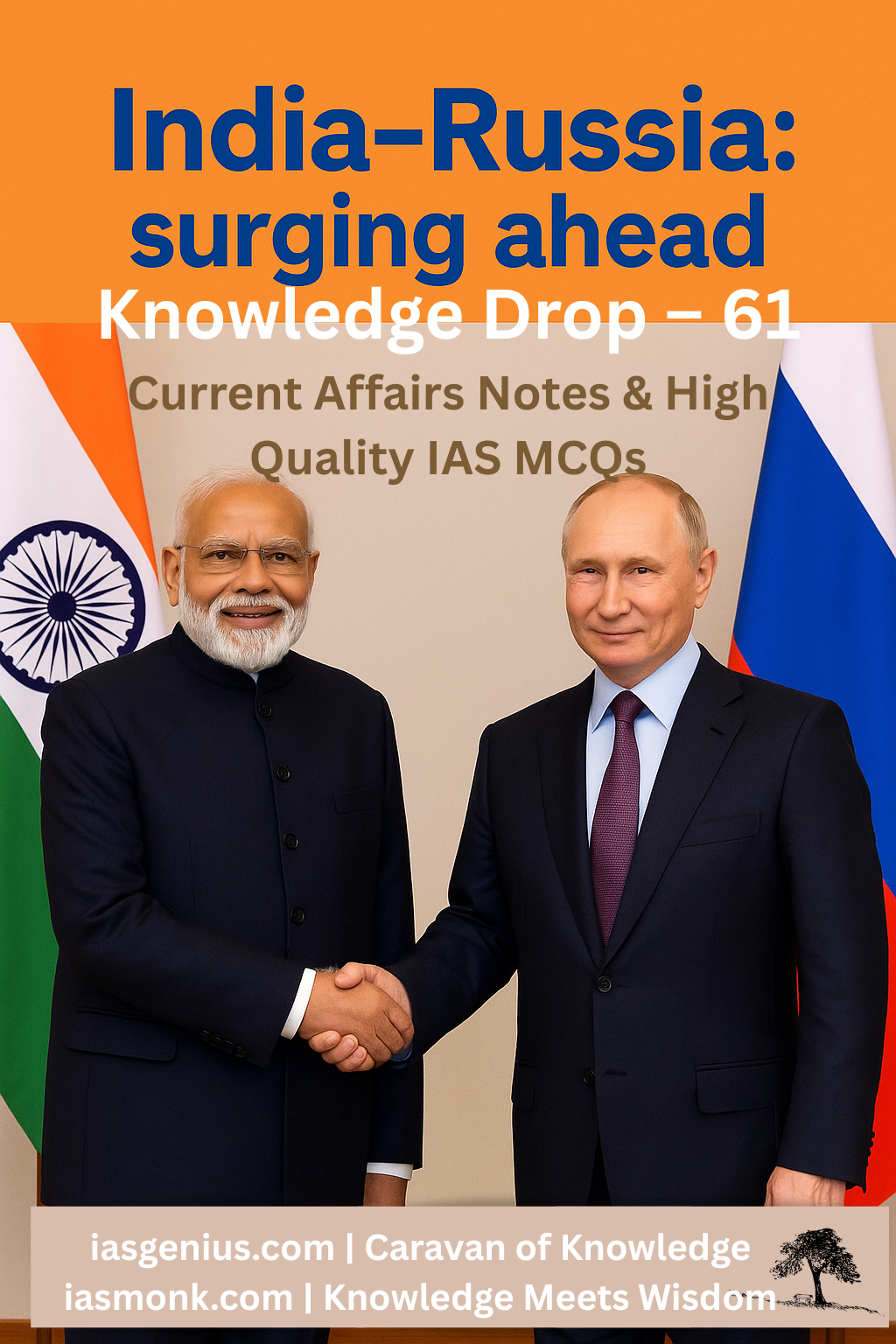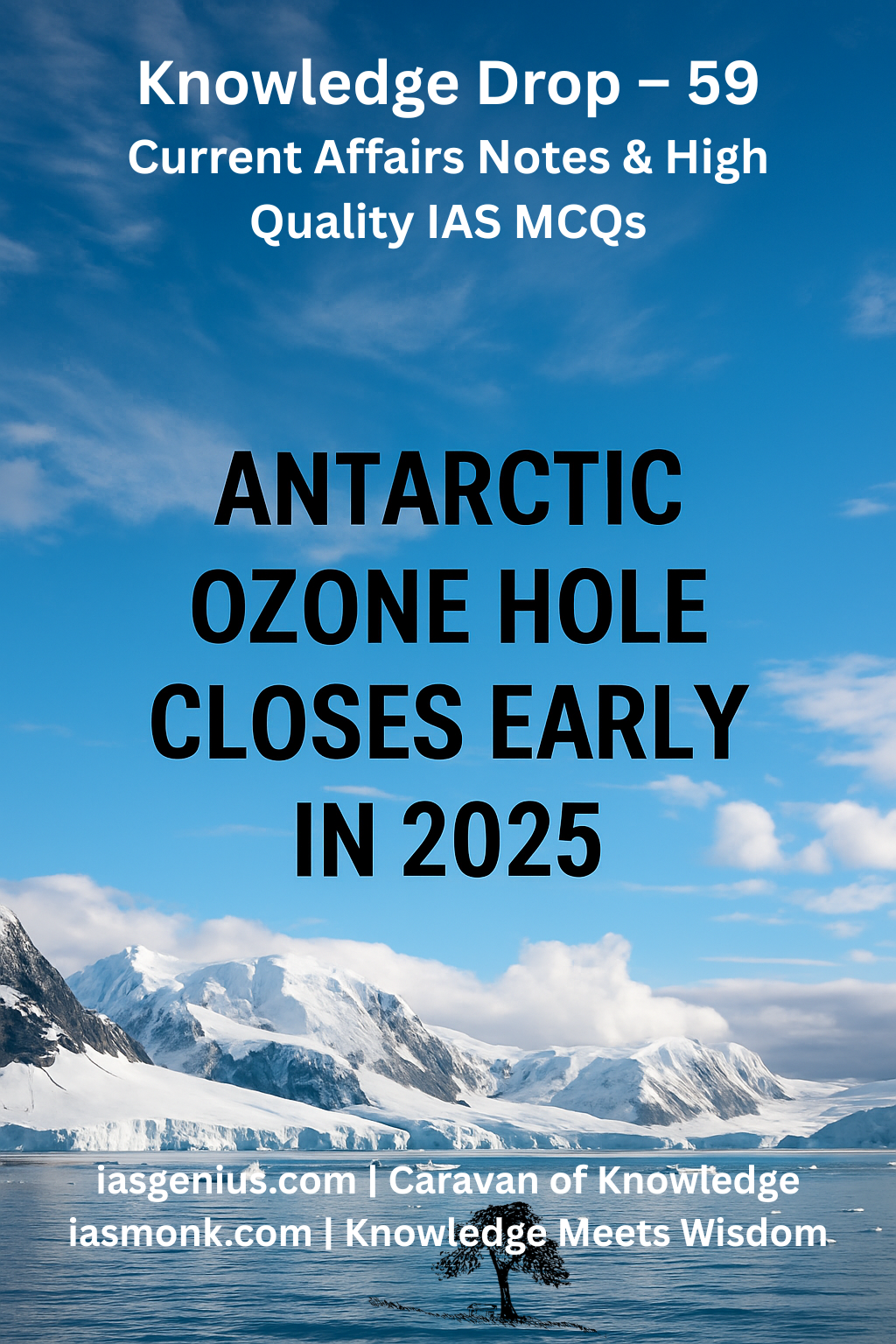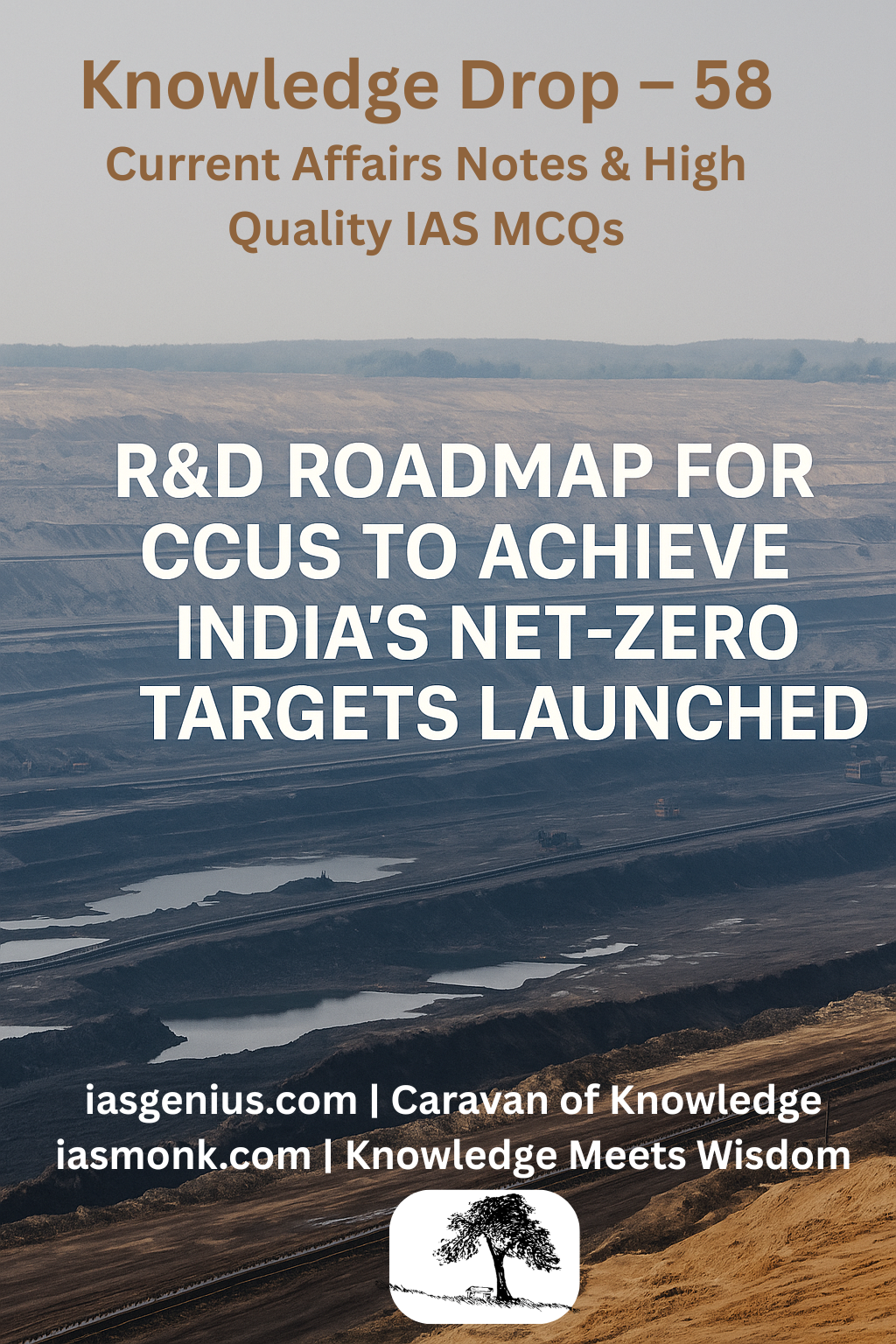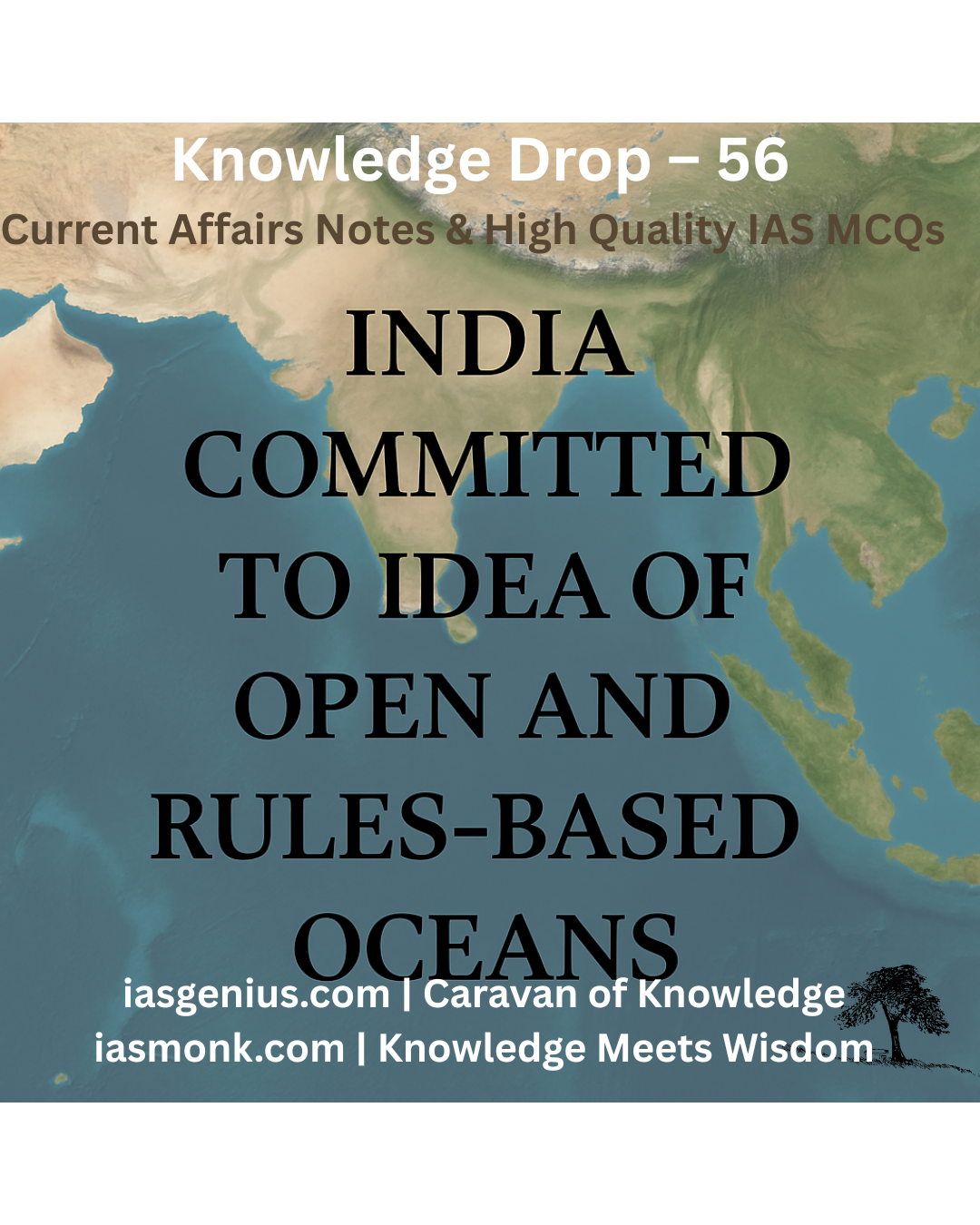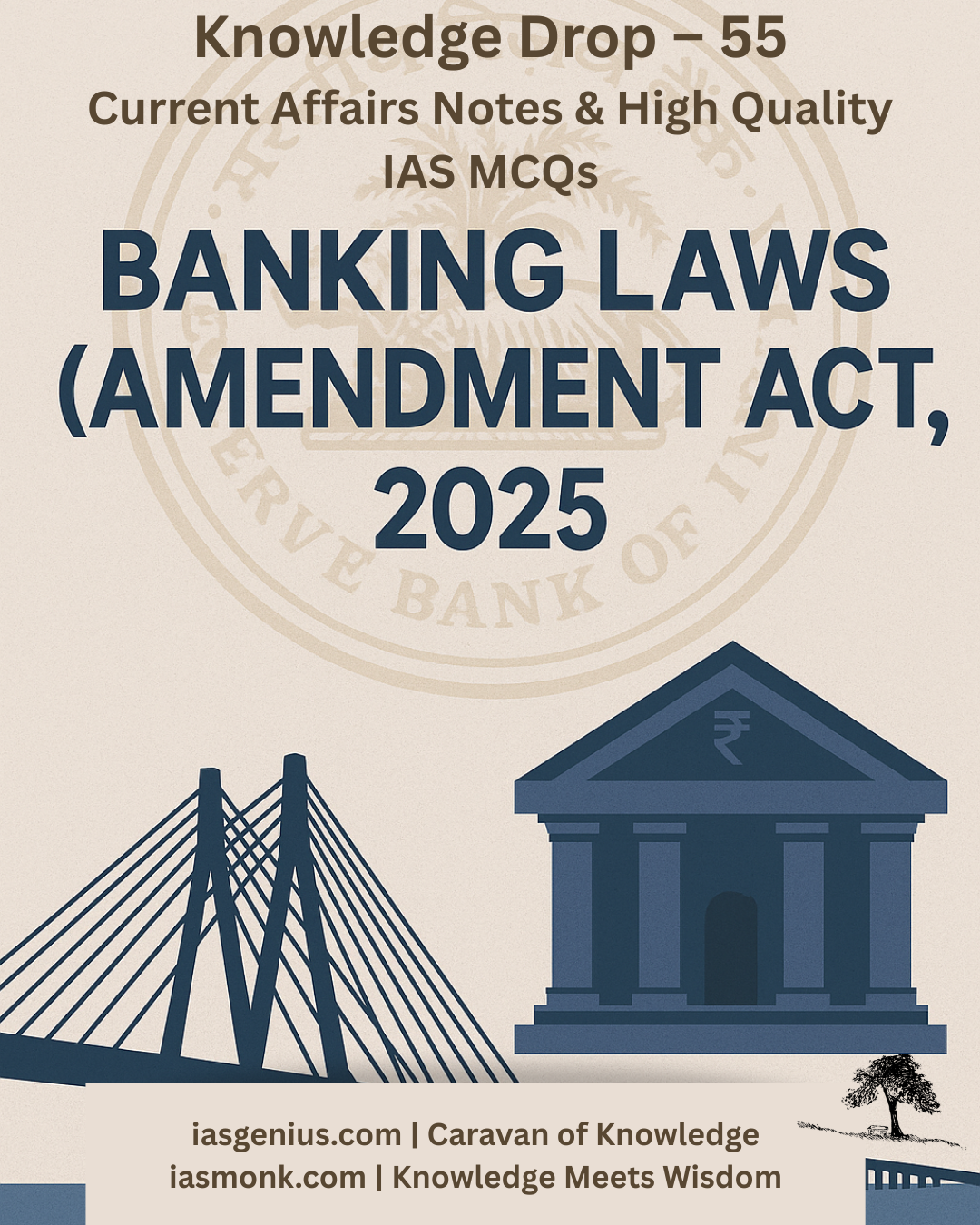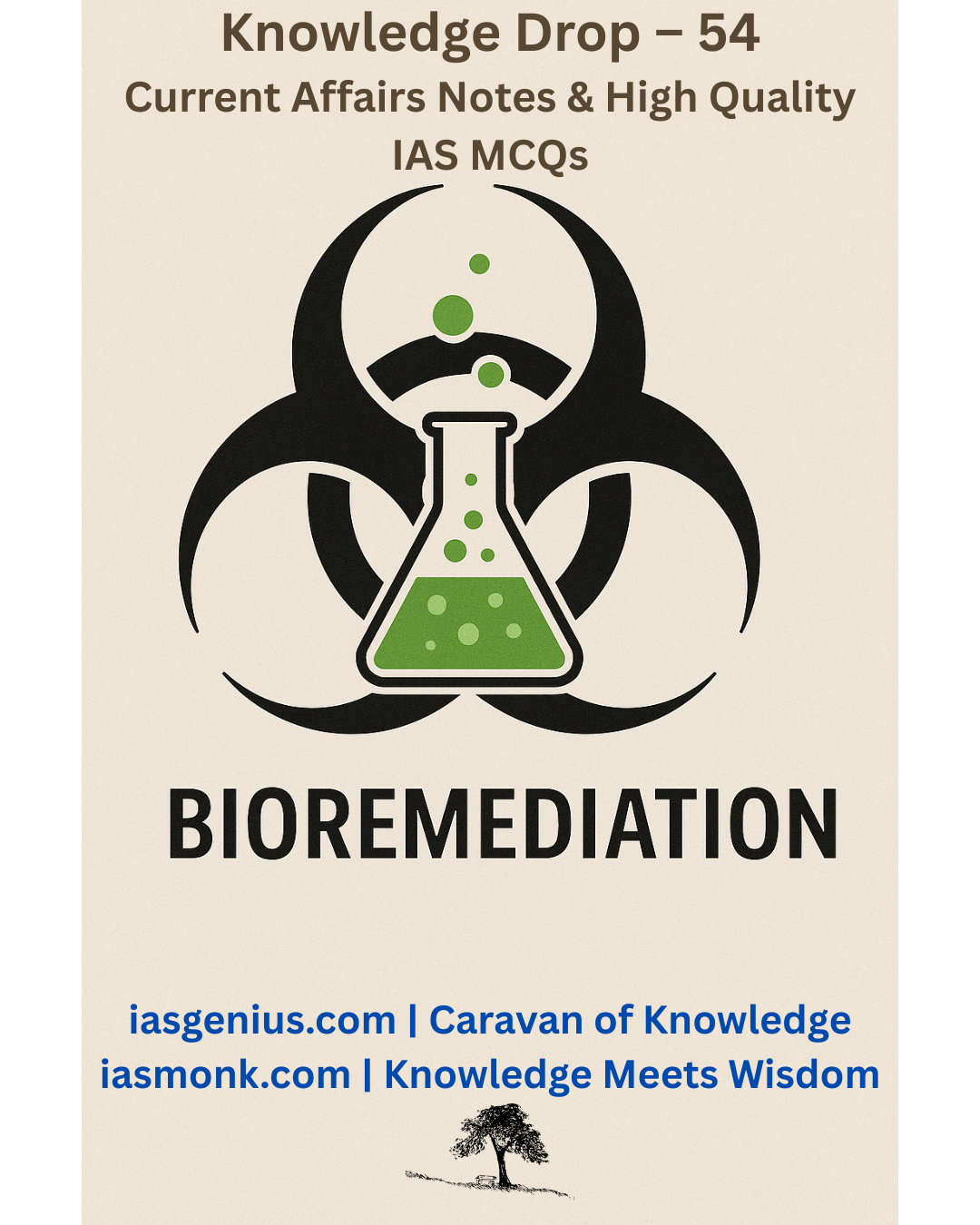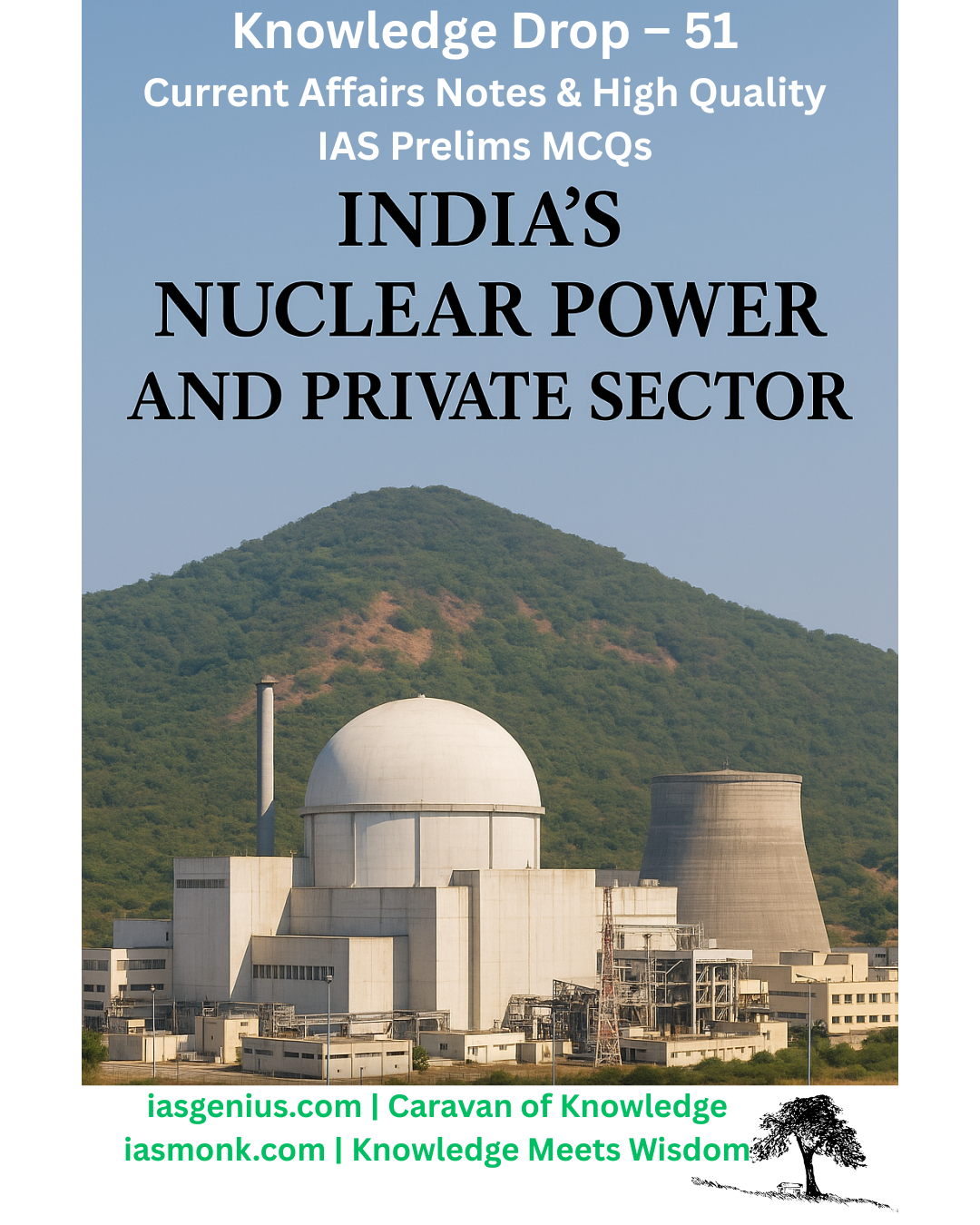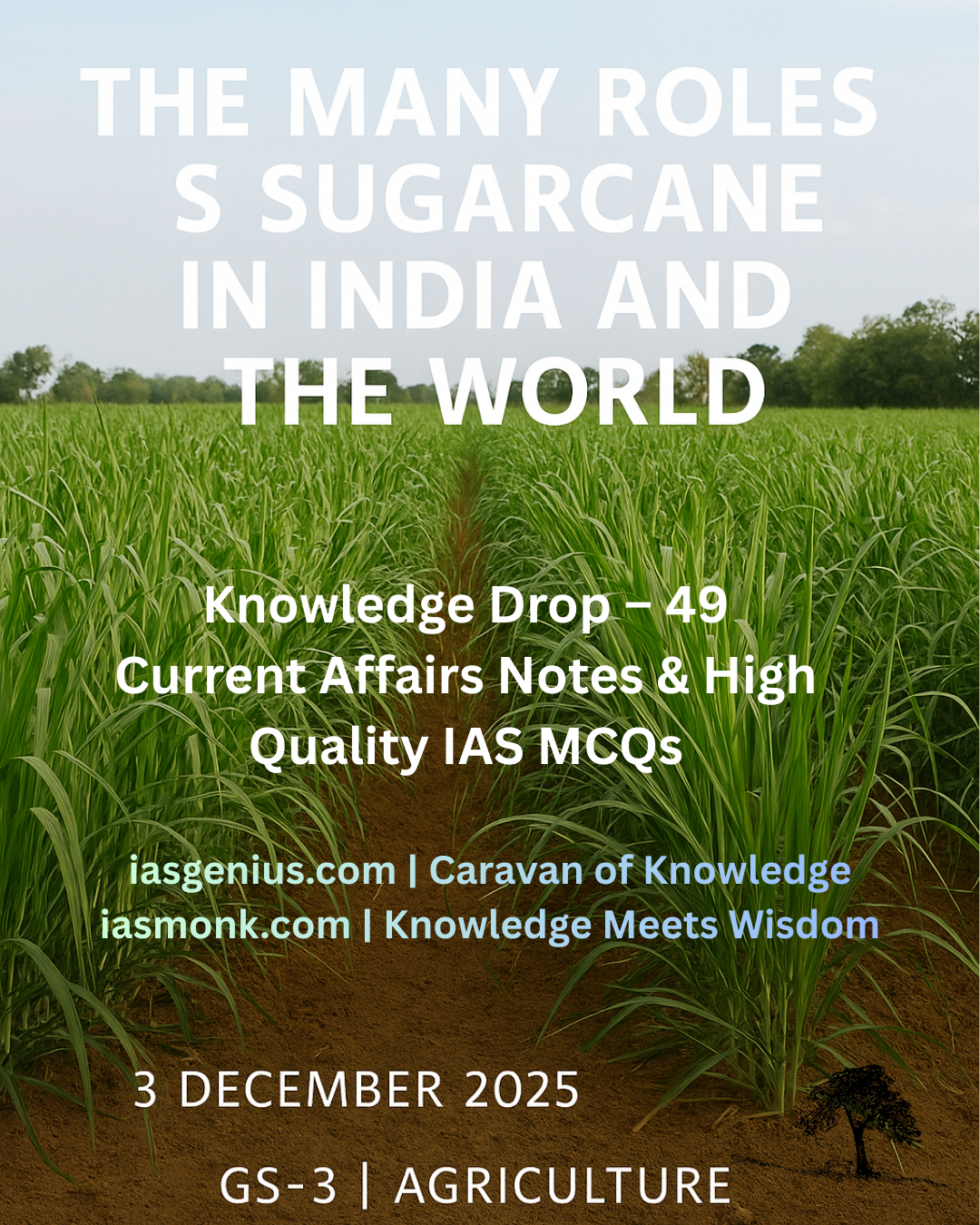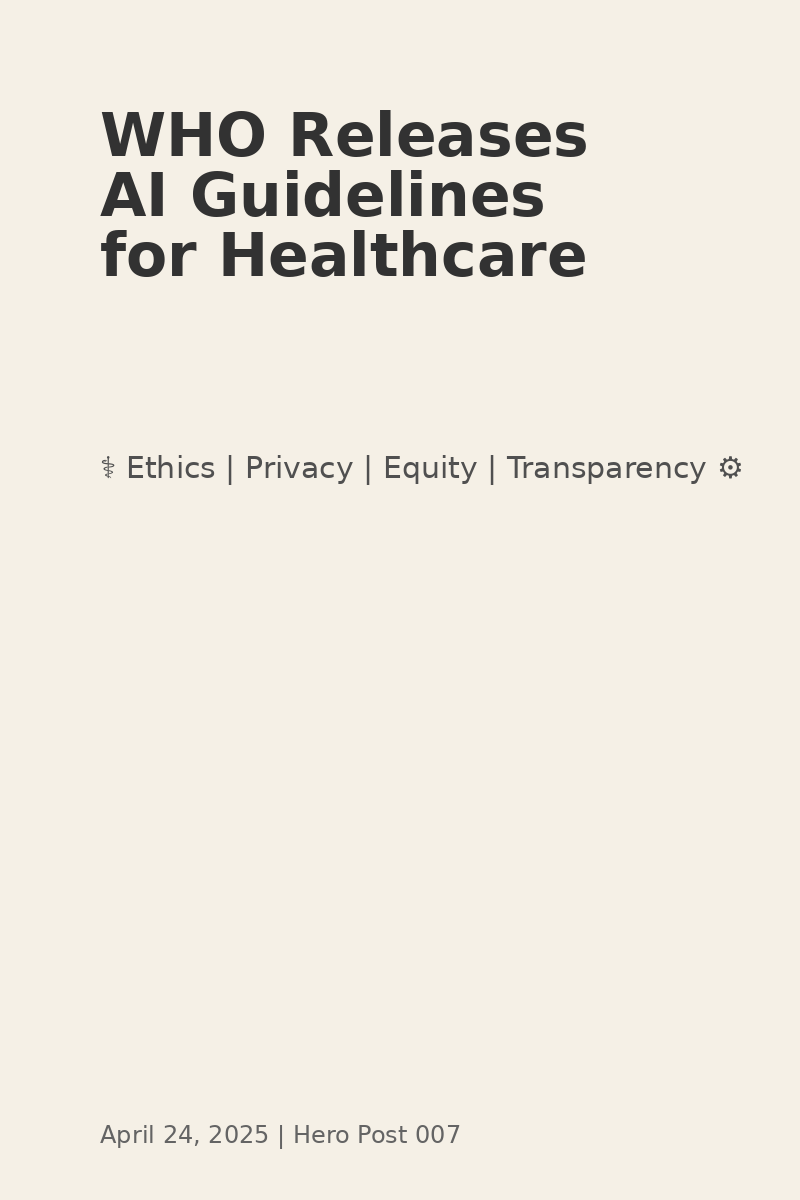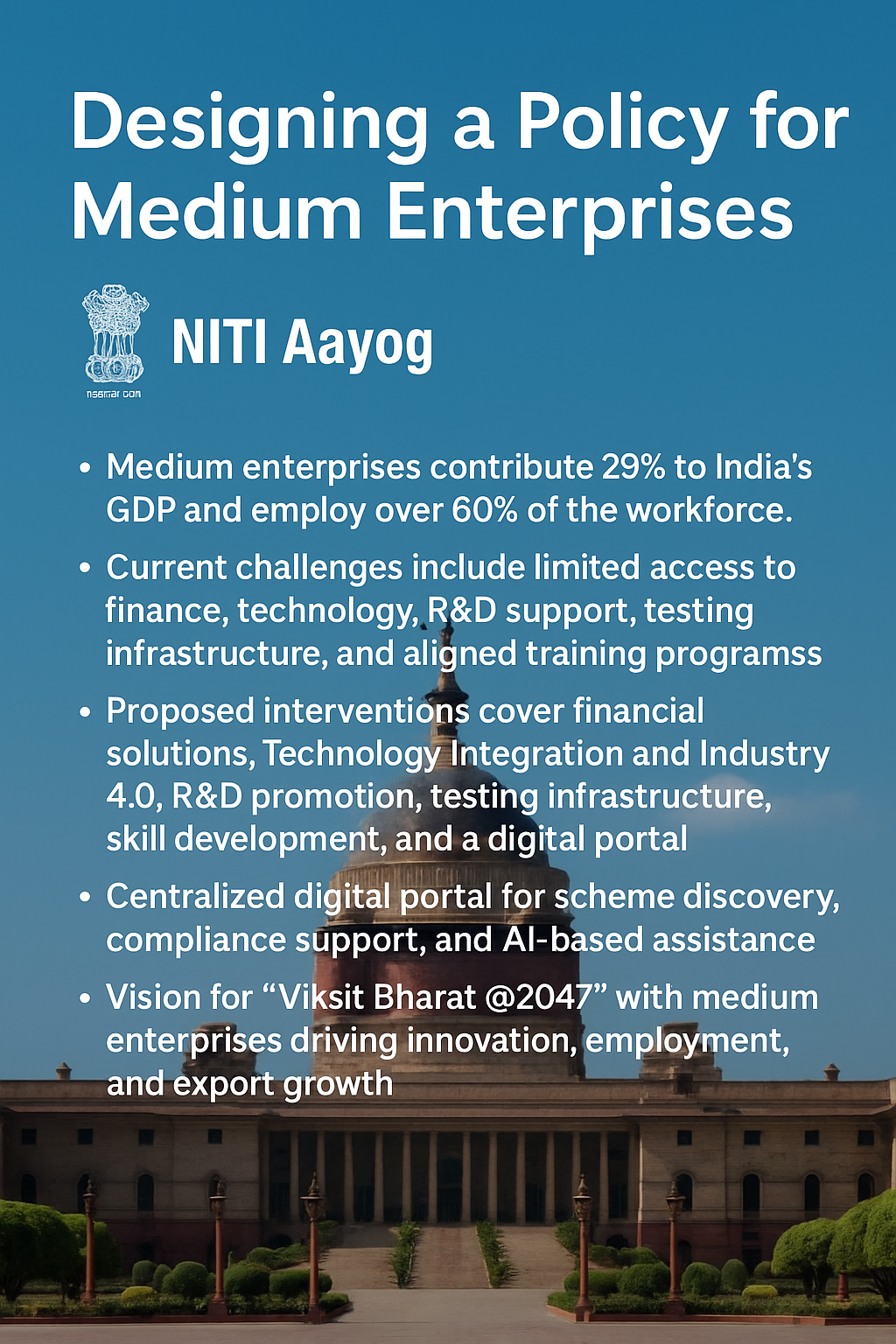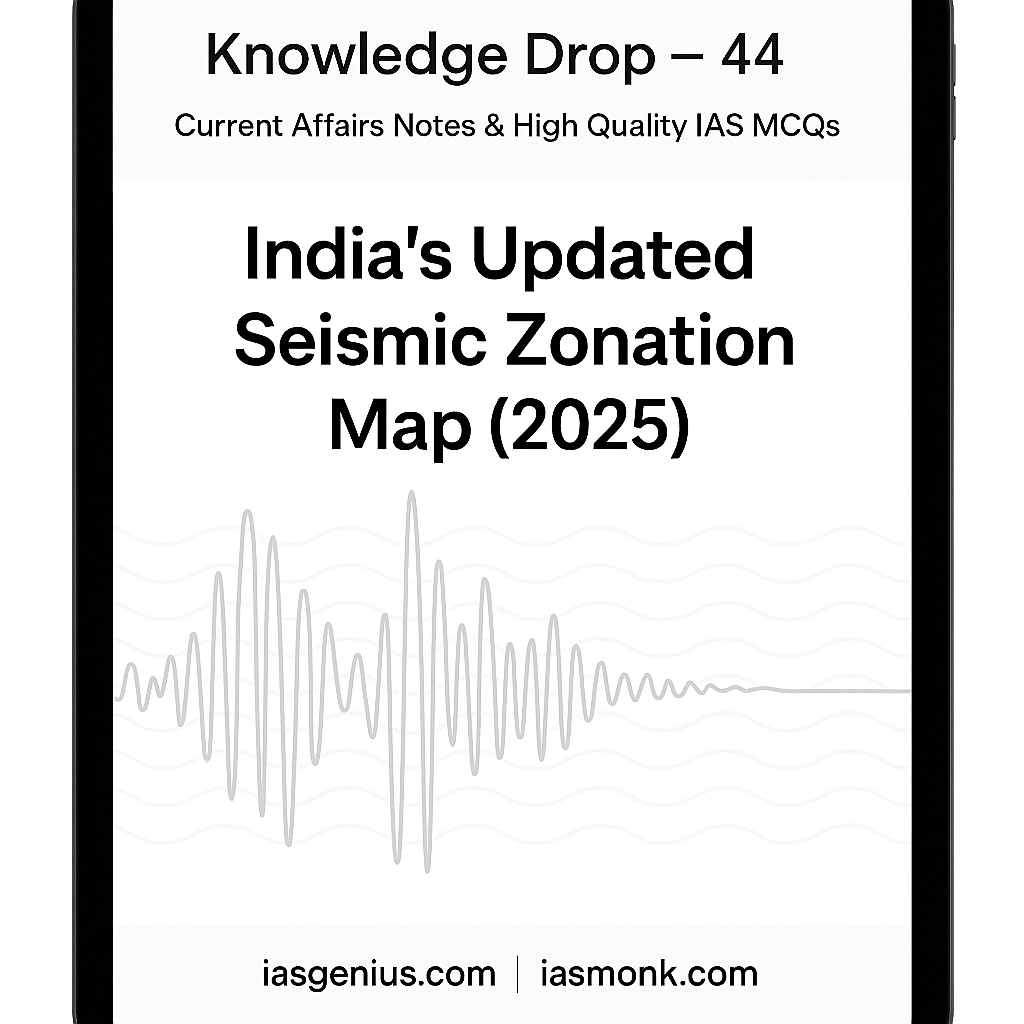
📅 May 6, 2025, Post 6: Wheels of the Future: Hydrogen vs Battery in India’s EV Shift | Mains Essay Attached | Target IAS-26 MCQs Attached: A complete Package, Dear Aspirants!
Wheels of the Future: Hydrogen vs Battery in India’s EV Shift

SCIENCE, TECH & TRANSPORT — PETAL 006
🗓️ May 6, 2025
Thematic Focus: Sustainable Mobility ⚙️ | Hydrogen Energy 💧 | Battery Tech 🔋
🚘 Opening Whisper
The question is no longer whether we leave fossil fuels behind — it is how we choose to power the road ahead: with lithium or with lightest gas in the universe.
Key Highlights
• As countries race towards net-zero goals, the debate between Battery Electric Vehicles (BEVs) and Hydrogen Fuel Cell Electric Vehicles (FCEVs) is intensifying.
• FCEVs offer faster refueling, longer range, and better rugged terrain performance, while BEVs are currently more widespread due to charging infrastructure and technology maturity.
🔋 Battery Electric Vehicles (BEVs)
• Powered by rechargeable batteries storing electricity drawn from the grid.
• Examples: Tesla Model 3, Tata Nexon EV, Ola S1
• Require several hours to recharge, depending on charger speed.
• More efficient energy conversion but suffer performance drop in cold climates.
💧 Hydrogen Fuel Cell Vehicles (FCEVs)
• Generate electricity via chemical reaction between hydrogen and oxygen in fuel cells.
• Emit only water vapor, making them zero-emission vehicles.
• Offer faster refueling (5–15 minutes), lighter vehicle weight, and better performance in harsh terrains and low temperatures.
• Challenges include hydrogen production, storage, and distribution infrastructure.
⚖️ Hydrogen vs Battery – Comparative Snapshot
| Feature | BEVs | FCEVs |
|---|---|---|
| Refueling Time | Hours | 5–15 minutes |
| Range | Moderate | Long |
| Vehicle Weight | Heavier | Lighter |
| Terrain Suitability | Limited for off-road | Suitable for rugged conditions |
| Cold Climate Performance | Performance drops | Performs better |
🇮🇳 India’s EV Landscape (2023 Data)
• EV Share in Total Vehicle Sales: 5%
• Electric 3-Wheelers:
– India became the world’s largest market, overtaking China
– 60% of global e-rickshaw sales now come from India
• Electric 2-Wheelers:
– India ranks second globally (0.88 million units sold)
– China leads (6 million units)
– India, China, ASEAN together dominate 95% of global e-2/3-wheeler market
🧭 GS Paper Mapping
• GS Paper 3 – Environment & Tech
🔹 Emerging clean fuel tech
🔹 Hydrogen economy & EV infrastructure
🔹 India’s mobility transformation roadmap
💭 A Thought Spark — by IAS Monk
In the silence of an engine that emits only vapor, a revolution hums. Whether powered by cells or by batteries, the future will be quieter, cleaner — and faster than we imagined.
High Quality Mains Essay For Practice :
Word Limit 1000-1200
The Role of Hydrogen and Lithium in Shaping a Post-Fossil Fuel World
Introduction: Two Elements, One Energy Future
In a world racing toward climate neutrality, two unlikely elements have emerged from the periodic table to lead the global energy revolution — Hydrogen (Atom Number 1) and Lithium (Atom Number 3). One is a gas that fuels the stars, the other a metal that powers modern electronics. Together, they are central to the quest for a post-fossil fuel world.
As governments, industries, and societies pivot toward sustainability, these elements have transitioned from mere scientific curiosities to strategic assets, powering fuel cells, electric vehicles, grid storage systems, and industrial transitions. Their relevance lies not only in their chemical properties, but in their capacity to define the contours of future economies, geopolitics, and environmental responsibility.
I. Understanding the Atomic Duo
🟡 Hydrogen: The Universal Fuel
Hydrogen, the simplest and most abundant element, holds immense promise as a clean energy carrier. When used in fuel cells, it reacts with oxygen to generate electricity, producing only water vapor as a byproduct. Applications include:
- Fuel Cell Electric Vehicles (FCEVs)
- Green hydrogen for steel, fertilizer, and shipping
- Seasonal energy storage for renewables
However, the widespread use of hydrogen depends on solving challenges like safe storage, green production, and building a viable supply chain infrastructure.
⚪ Lithium: The Battery Backbone
Lithium’s significance lies in its high energy density, light weight, and rechargeability, making it essential for lithium-ion batteries that power:
- Electric Vehicles (EVs)
- Solar + wind energy storage systems
- Consumer electronics like smartphones and laptops
With rising demand, lithium is now a geostrategic commodity, but its extraction and processing raise concerns about ecological degradation and resource dependency.
II. Powering the Transition: Why They Matter
⚙️ Hydrogen’s Role in Hard-to-Abate Sectors
While batteries are ideal for light vehicles and urban energy storage, hydrogen is suited for long-haul freight, aviation, shipping, and high-temperature industrial processes where electrification is unviable.
• Green hydrogen, produced using renewable electricity and electrolysis, is the cleanest form but currently expensive.
• Global efforts like India’s National Green Hydrogen Mission and EU’s Hydrogen Strategy aim to scale its production and integration.
🔋 Lithium’s Dominance in the EV Era
• EVs accounted for over 14% of global vehicle sales in 2023, and nearly all rely on lithium-ion technology.
• India’s EV sector — especially two- and three-wheelers — is growing rapidly, driven by FAME schemes and PLI incentives for battery manufacturing.
Lithium also powers battery energy storage systems (BESS), vital for integrating solar and wind power into national grids.
III. India’s Strategic Approach: Embracing Both Paths
India’s approach reflects a dual-track strategy, tapping both hydrogen and lithium for its clean energy goals:
- Hydrogen:
– ₹19,744 crore allocated for Green Hydrogen Mission
– Targets 5 MMT annual production by 2030
– Industrial decarbonization in refining, steel, and ammonia sectors - Lithium:
– Discovery of lithium reserves in J&K and surveys in Karnataka and Rajasthan
– Agreements with countries like Argentina and Australia for lithium access
– Battery recycling and second-life battery policies in development
This twin focus enables India to reduce oil import dependence, create green jobs, and become a leader in the new energy economy.
IV. Challenges and Ethical Considerations
⚠️ Hydrogen
• Storage and safety risks (flammability, high pressure)
• Current dominance of grey hydrogen (from fossil fuels)
• High capital cost for electrolyzers and transport infrastructure
⚠️ Lithium
• Ecological impacts of mining in fragile regions
• Limited global supply controlled by a few countries
• Battery recycling infrastructure still nascent
• Risk of resource nationalism and trade imbalances
Both elements highlight the need for ethical sourcing, technological innovation, and international cooperation.
V. The Geopolitics of Clean Power
As countries shift from fossil fuels to clean energy, control over hydrogen technologies and lithium reserves could reshape global influence:
- Hydrogen may create new “fuel corridors” between producers (India, Australia, Gulf) and consumers (Europe, Japan).
- Lithium-rich regions in South America (the “Lithium Triangle”) are becoming focal points of investment and competition.
- Battery manufacturing, electrolyzer tech, and supply chain security are now seen as tools of soft power and economic sovereignty.
The future of energy diplomacy will be shaped as much by these elements as by solar panels or wind turbines.
Conclusion: The Elements of Change
The transition to a post-fossil fuel world will not be built on a single technology or ideology — it will be built on the shoulders of atoms, quietly but profoundly shaping the trajectory of civilization.
Hydrogen and Lithium, as clean energy enablers, represent divergent paths with converging goals — to reduce emissions, improve efficiency, and power a planet more sustainably. But they also demand responsible innovation, fair global governance, and public trust.
As we step into this new era, these two elements remind us that sometimes, the smallest things carry the heaviest hopes.
Quote to End With
“The future will not be powered by the fuels of the past, but by the wisdom with which we use the simplest elements of nature.” — IAS Monk
Target IAS-26: Daily MCQs :
📌 Prelims Practice MCQs
Topic:
MCQ 1 – Type 1: How many of the following statements are correct?
Q. Consider the following statements regarding the role of hydrogen and lithium in clean energy:
• 1) Hydrogen fuel cells produce electricity with water vapor as the only byproduct.
• 2) Lithium is primarily used in green hydrogen production through electrolysis.
• 3) India has launched a National Green Hydrogen Mission with targets for 2030.
• 4) Lithium-ion batteries are critical to electric vehicle and grid storage technologies.
Options:
A) Only two
B) Only three
C) All four
D) Only one
🌀 Didn’t get it? Click here (▸) for the Correct Answer & Explanation
✅ Correct Answer: B) Only three
🧠 Explanation:
• 1) ✅ Correct – Hydrogen fuel cells emit only water vapor as a byproduct, making them environmentally clean.
• 2) ❌ Incorrect – Lithium is not used in green hydrogen production; electrolysis requires water and electricity, not lithium.
• 3) ✅ Correct – India’s National Green Hydrogen Mission targets 5 MMT annual production by 2030.
• 4) ✅ Correct – Lithium-ion batteries are the backbone of EVs and renewable energy storage systems.
✅ So, only statements 1, 3, and 4 are correct.
MCQ 2 – Type 2: Two-Statement Based
Q. Consider the following statements about hydrogen and lithium energy systems:
• 1) Fuel Cell Electric Vehicles (FCEVs) are better suited for rugged terrains and cold climates than Battery Electric Vehicles (BEVs).
• 2) Lithium mining poses ecological challenges and is concentrated in a few countries globally.
Which of the above statements is/are correct?
A) Only 1 is correct
B) Only 2 is correct
C) Both are correct
D) Neither is correct
🌀 Didn’t get it? Click here (▸) for the Correct Answer & Explanation
✅ Correct Answer: C) Both are correct
🧠 Explanation:
• 1) ✅ Correct – FCEVs offer faster refueling, better cold-weather performance, and are suitable for long-range, off-road usage.
• 2) ✅ Correct – Lithium mining is water-intensive and ecologically sensitive, with major reserves in Australia, Chile, and Argentina.
✅ Hence, both statements are correct.
MCQ 3 – Type 3: Which of the statements is/are correct?
MCQ 3 – Type 3: Which of the following statements is/are correct?
Q. Which of the following factors contribute to hydrogen’s potential as a clean energy source?
• 1) It can be stored and transported as a gas or liquid.
• 2) It can help decarbonize hard-to-abate sectors like steel and fertilizer.
• 3) It is the primary material used in lithium-ion batteries.
• 4) Green hydrogen can be produced using renewable electricity.
Options:
A) 1, 2, and 4 only
B) 1 and 3 only
C) 2 and 4 only
D) All four
🌀 Didn’t get it? Click here (▸) for the Correct Answer & Explanation
✅ Correct Answer: A) 2, 3, and 4 only
🧠 Explanation:
• 1) ✅ Correct – Hydrogen can be compressed, liquefied, or stored in chemical carriers.
• 2) ✅ Correct – Hydrogen is key to decarbonizing sectors like refining, steel, and ammonia.
• 3) ❌ Incorrect – Lithium, not hydrogen, is the core material in lithium-ion batteries.
• 4) ✅ Correct – Green hydrogen is produced via electrolysis using renewable energy.
✅ So, statements 1, 2, and 4 are correct.
MCQ 4 – Type 4: Direct Fact
Q. Which Indian state recently reported the discovery of a significant lithium reserve?
A) Rajasthan
B) Odisha
C) Jammu & Kashmir
D) Tamil Nadu
🌀 Didn’t get it? Click here (▸) for the Correct Answer & Explanation.
✅ Correct Answer: C) Jammu & Kashmir
🧠 Explanation:
• In 2023, a large lithium reserve was discovered in Jammu & Kashmir’s Reasi district, making it a potential game changer for India’s battery manufacturing and EV goals.
✅ Correct answer: Jammu & Kashmir.

